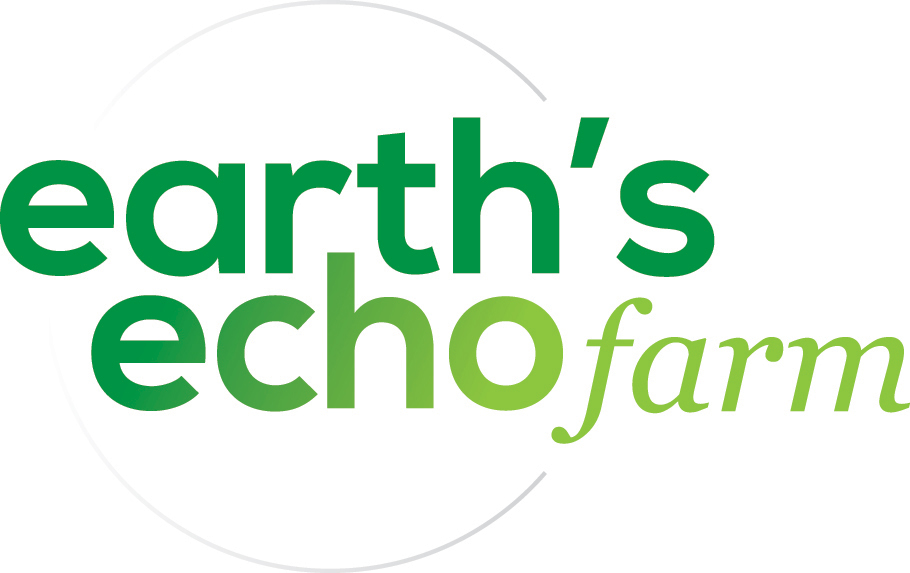Photos from our first venture into pasture-raised chickens. Fall 2014
Our son helps greet the chicks.
The day-old chicks arrived by mail, in three boxes, and were put into our newly-constructed brooder house.
The anatomy of a brooder: heat lamp above the wood chip covered floor, red/yellow feeders, and a watering line.
The chicks grow and begin to develop wing and tail feathers.
The new arrivals spent most of their time eating, drinking, and napping under the heat lamp.
At three weeks of age, the chickens are moved from the brooder to pasture shelters.
At three weeks of age, the chickens are moved from the brooder to pasture shelters.
The shelters are constructed of salvaged wood, with roofing and siding to protect from the weather, and an open wired section to allow for air flow and sunlight.
The shelter gives the birds protection from arial predators while the open floor gives them access to fresh forage.
The chickens receive fresh water and feed daily. Their feed is organic, locally-milled, GMO-free, and soy-free. They also receive a fresh patch of pasture daily, and spend most of their time catching bugs and eating clover, alfalfa, and grasses.
The shelters are surrounded by a solar-powered electric fence that provides an added level of protection from ground predators.
At 9 weeks of age the chickens have reached their full size and are ready for processing.
Here our youngest chicken wrangler gets some experience moving birds into a holding pen.
Chicken processing is a family affair at Earth's Echo Farm.
Family and friends come to help out with our small scale operation.















